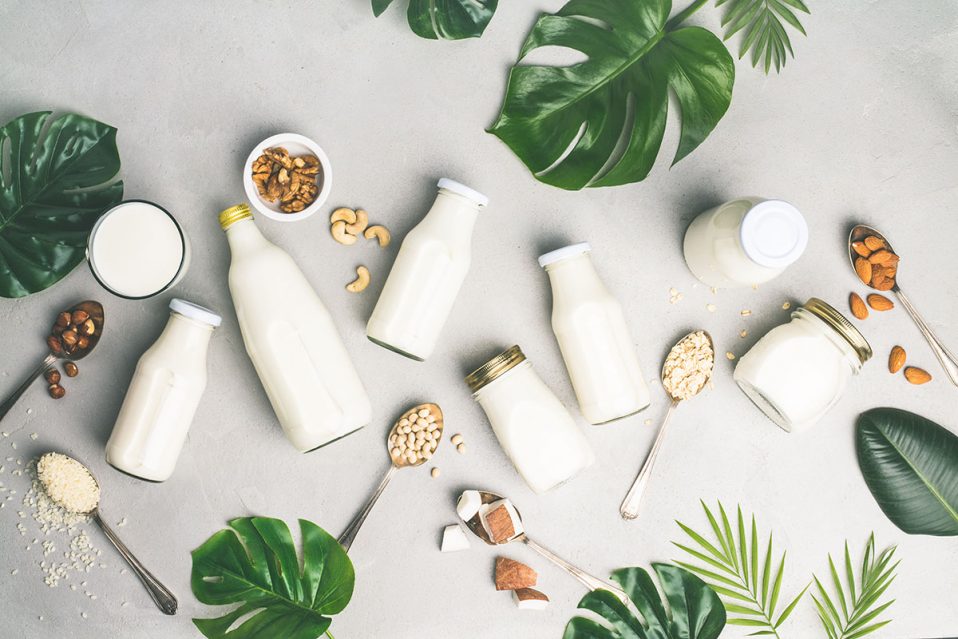“Trendy milks are disastrous for the environment.”
Adam Henson, British farmer and TV presenter, stated, “if you’re drinking soya milk, that might have come from South America and caused deforestation, the destruction of species [and] the displacement of indigenous people” so “You’re better off drinking milk from a local dairy farm that’s been bottled there and delivered to your doorstep, where cows are wonderfully looked after and the family contribute to the local society and economy.”
With soya farming in South America being responsible for deforestation, species extinction and the displacement of indigenous peoples, the ‘reasoning’ for this is not soya milk. Around 96 per cent of all Soya produced in South America is used for animal feed or cooking oil, with 90 per cent of Brazil’s soya meal being used as animal feed.
However, human consumption of soya is separate. The majority of soya grown in South America is GM soya, genetically modified for faster growth and stress tolerance with the potential for liver damage through over-consumption and unpredictable side effects, therefore is rarely used for food consumed directly by humans.
Water Usage
A common argument in plant milk vs animal milk is the amount of water required in the production and growth of both. While Adam Henson is correct that “it takes 74 litres of water to produce one glass of almond milk”, one glass of cows’ milk takes over 125 litres of water, 13 times more water than a glass of oat milk, and 22 times more than a glass of soya milk. So, if water consumption is a driving issue in someone’s decision or proof, then cows’ milk should be the last option. Many plant-based brands also source their almonds from farms in Europe where “these orchards are less affected by problems related to mass cultivation and most of the production is rain-fed.”
Environmental Perspectives
Considering greenhouse gas emissions, cow’s milk produces three times more emissions than soya milk, over three times as many emissions as oat milk and over four times as many emissions as almond milk.
In terms of land use, cow’s milk uses 11 times more land than oat milk, 13 times more land than soya and 30 times more land than almond milk.
In the case of almond milk, since nuts grow on trees their production can be carbon negative, including transportation.
Even without mentioning the subjectivity of moral and ethical issues surrounding cows’ milk and the use of animals in the human food chain, plant milks are undeniably more sustainable, healthier and even easier to produce.

